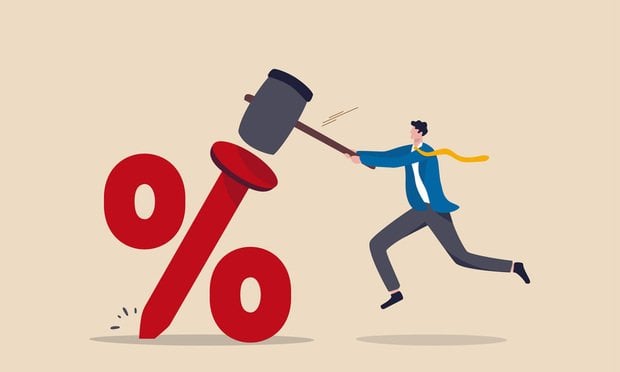Since late last year, a soft landing has been the increasingly popular prediction for the economy. Even the Federal Reserve has been clear.
But not everyone agrees. Particularly among some of the biggest banks in the world, where the thought is that a recession is more than likely. JPMorgan Chase CEO Jamie Dimon in March said he thought the odds of a recession were 65%. And now, Citi Chief U.S. economist Andrew Hollenhorst has come out to say he sees a hard landing coming up, with a prediction that the Fed would have to make four rate cuts, according to Fortune.
Belief in the likelihood of a soft landing — in which the economy slows but without falling into recession and employment stays strong — has never been uniform. In its last poll of its members, the National Association of Business Economics said that 25% still thought a recession was possible.
Recommended For You
Want to continue reading?
Become a Free ALM Digital Reader.
Once you are an ALM Digital Member, you’ll receive:
- Breaking commercial real estate news and analysis, on-site and via our newsletters and custom alerts
- Educational webcasts, white papers, and ebooks from industry thought leaders
- Critical coverage of the property casualty insurance and financial advisory markets on our other ALM sites, PropertyCasualty360 and ThinkAdvisor
Already have an account? Sign In Now
*May exclude premium content© 2025 ALM Global, LLC, All Rights Reserved. Request academic re-use from www.copyright.com. All other uses, submit a request to [email protected]. For more information visit Asset & Logo Licensing.








